Uganda’s Hard To Miss Monkeys
10,000 Birds
AUGUST 15, 2012
I’m heading in a slightly different direction, focussing on a group we haven’t really looked at here before, but one that most people enjoy seeing, monkeys! Kibale National Park, in the west of the Central African nation of Uganda, is home to a 13 primate species, from Common Chimpanzees to bush-babies.


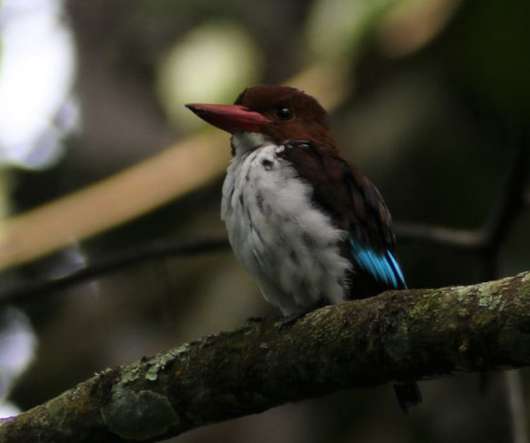









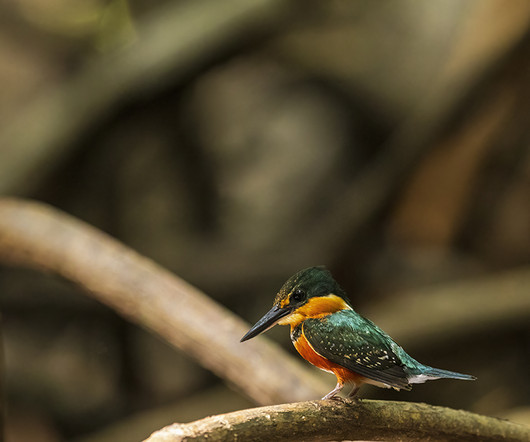
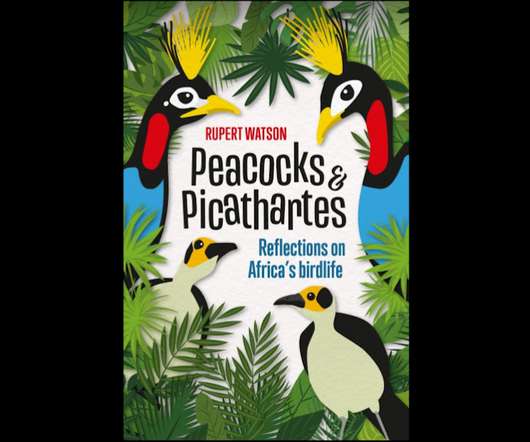
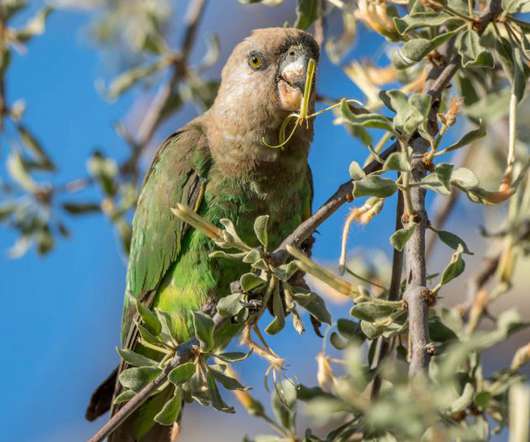




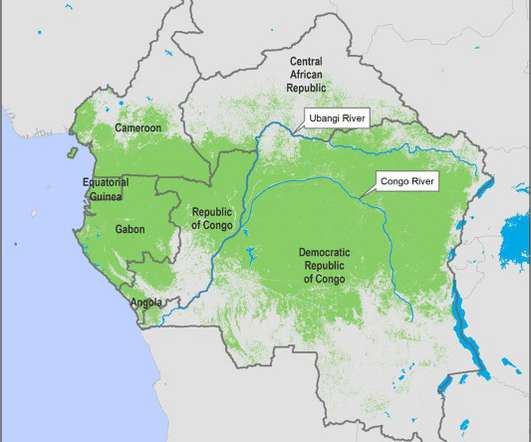

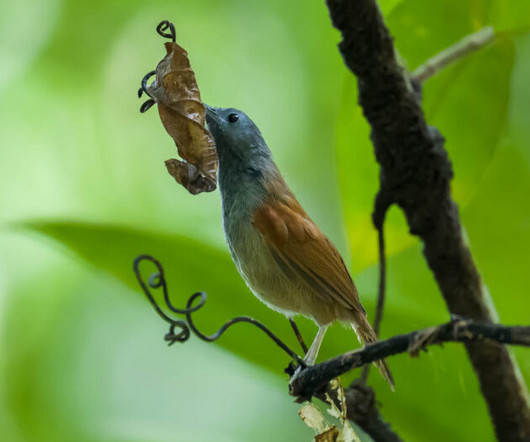







Let's personalize your content